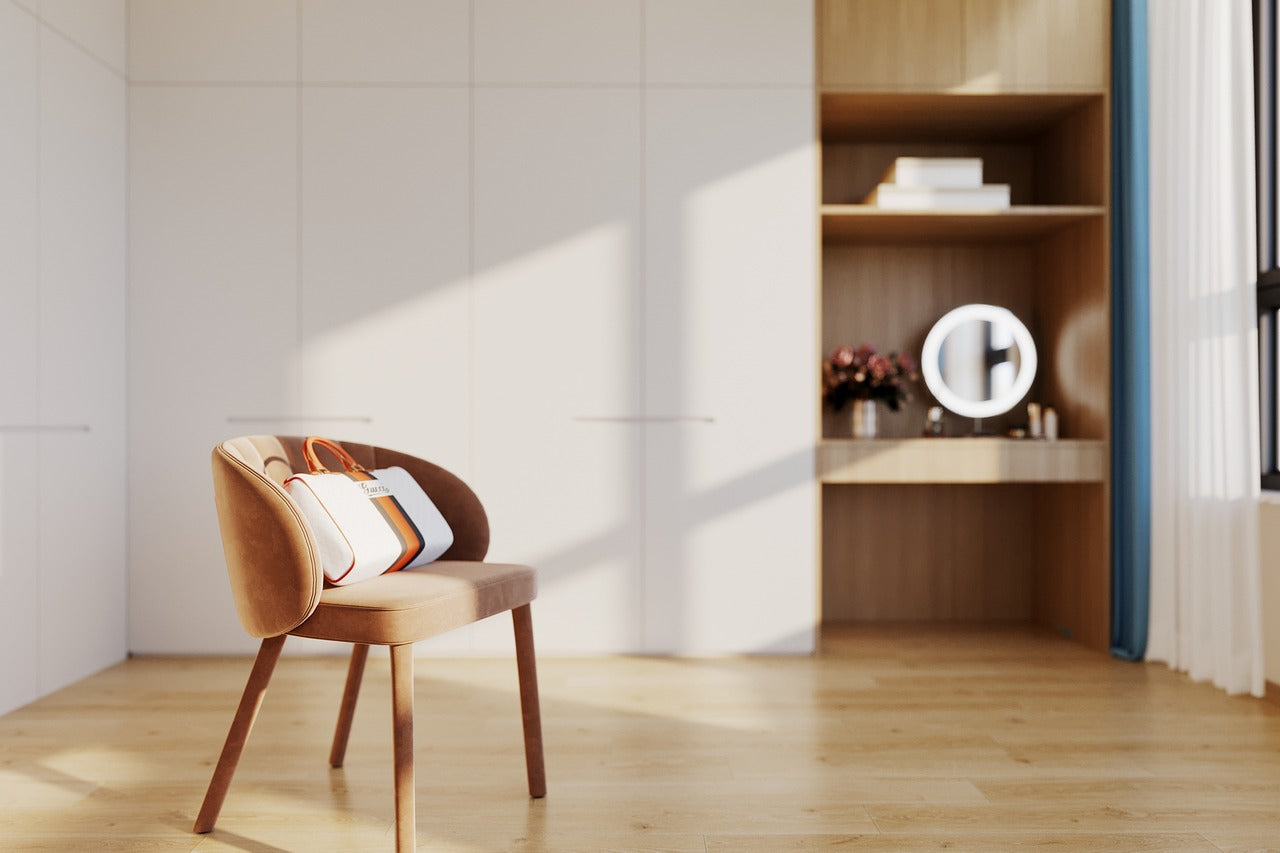Mango wood has become increasingly popular in India for making chopping boards, furniture, and other wooden products due to several key advantages:
1. Sustainability:
Abundant Supply: Mango trees are substantially cultivated in India for their fruit. Once these trees reach the end, they give up in their efficient years, they are regularly reduced down and changed. Making use of mango wood for fixtures, slicing forums, chopping boards, etc. ensures that the wood is sourced from bushes that would otherwise be discarded, thereby promoting sustainability.
Renewable Resource: Mango trees grow rapidly, making them a renewable resource for wood. This is an environmentally friendly alternative to cutting down slower-growing hardwood trees.
2. Durability:
Mango wood is also famous for its strength and durability. It is hardwood, thus, it will withstand regular use without being prone to wear and tear as softer woods might be. For chopping boards, this means that it can stand knife impacts without easily getting damaged or scratched.
3. Aesthetic Appeal:
The magnificent grain pattern in mango wood is usually brown, yellow, and orange in different shades. The rich natural texture and colors make this wood visually attractive, which is why mango wood finds favor in producing one-of-a-kind and attractive products, such as chopping boards, kitchenware, and furniture.
4. Economical
Mango wood is cheaper than other high-end hardwoods, including teak or rosewood. It is relatively priced, which can be termed as a cost-effective product to consume. Due to the availability of mango wood, it remains a competitively priced product.
5. Eco-friendly:
Because mango trees are picked after their fruiting phase has ceased, utilizing mango wood for purposes unrelated to fruit-bearing upcycles and prevents such valuable resources from being squandered on dead mango trees. Additionally, mango wood is biodegradable and does not contain materials from the synthesis of plastics; thus, this type of material is much friendlier to the environment.
6. Maintenance Levels.
Mango wood is not too difficult to care for. In fact, oiling is periodic, and as most hardwoods, it cannot dry out with its smooth finish. The general care is minimal, making it the best choice to be used practically in kitchens and homes.
7. Antibacterial Properties:
Like many hardwoods, mango wood has natural antibacterial properties that help prevent the build-up of harmful bacteria on cutting surfaces. This is especially important for products such as chopping boards, where hygiene is a top priority.
8. Versatility:
Mango wood is versatile and comes easily to clean forms. It takes stains and finishes well for a variety of products: cutting boards, bowls, trays, furniture, and decorative items. The smooth surface and ability to hold finishes make it popular for both functional and aesthetic uses.
9. Local Sourcing
Since mango trees are found in abundance in India, the use of mango wood supports local industries and economies. The production of wood using locally sourced materials has a smaller carbon footprint compared to importing foreign woods, which makes it a more sustainable choice within India.
Mango wood stands out in India as an eco-friendly, cost-effective, and durable material with strong aesthetic appeal. Its sustainable sourcing from aging mango trees makes it a responsible choice for crafting products like chopping boards and furniture, offering both functionality and beauty.






